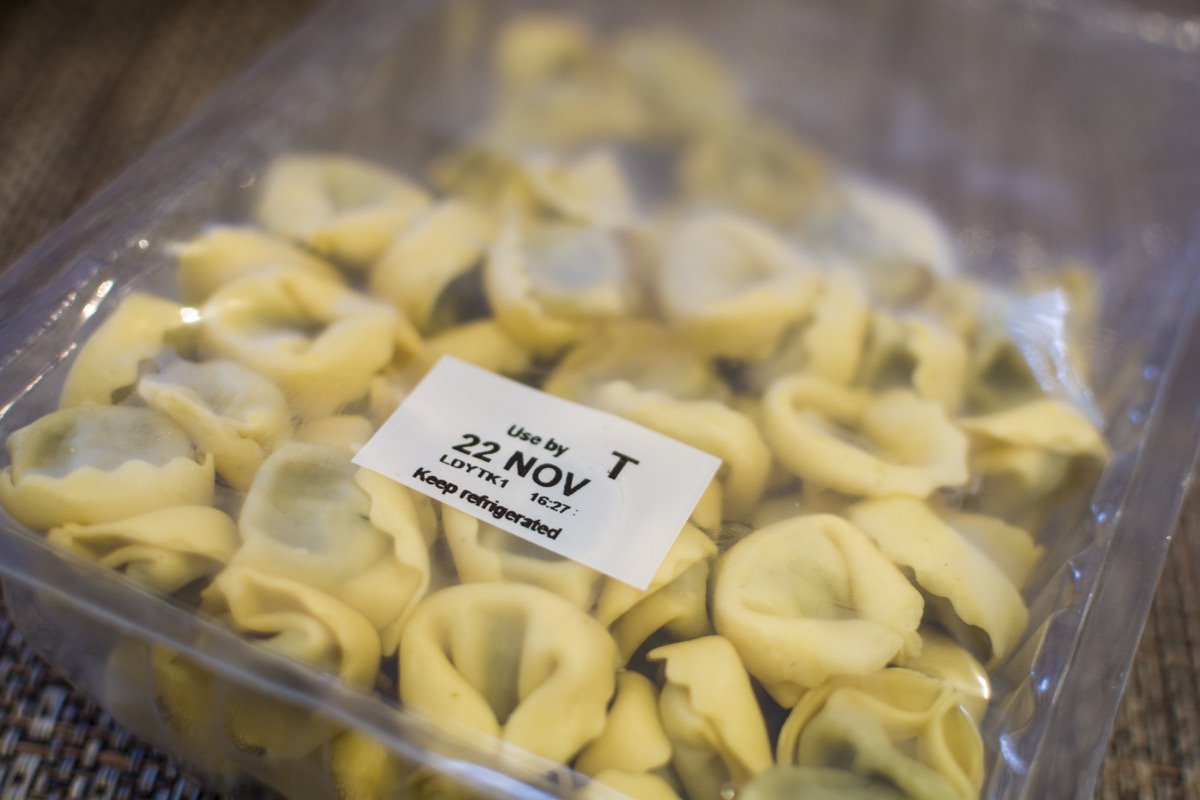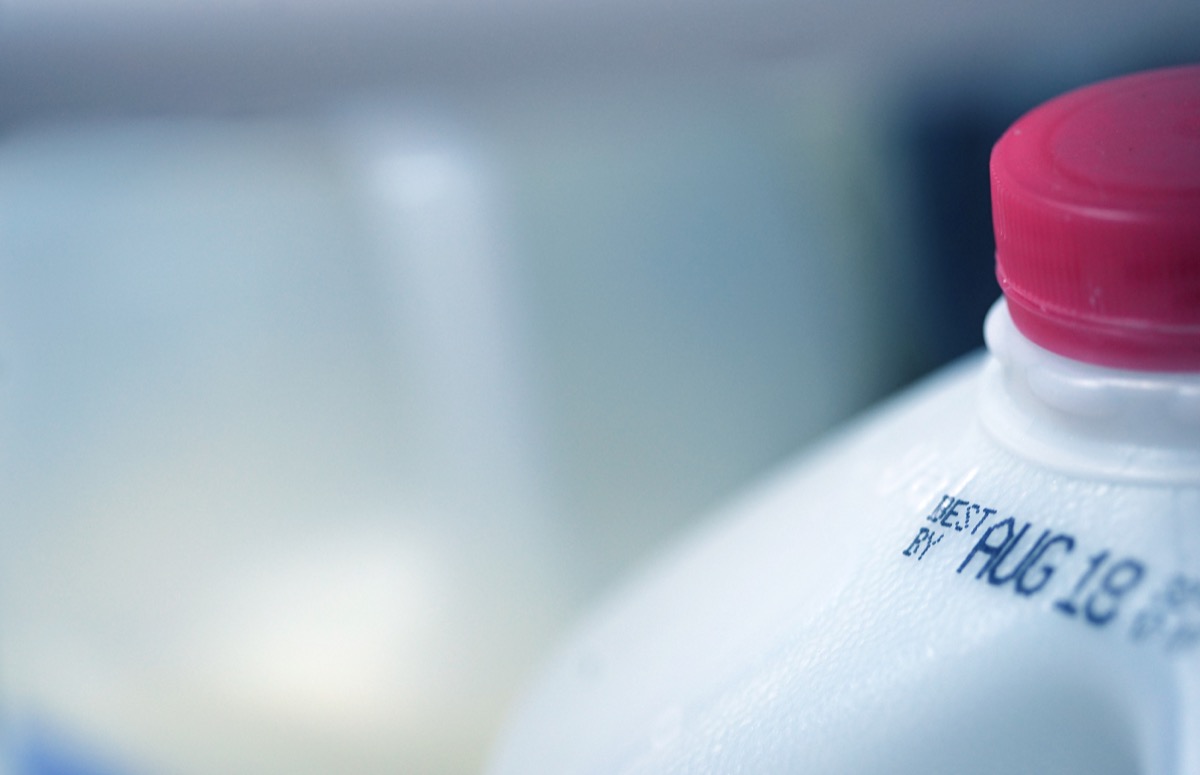The 2 Words You Need to Look for on Every Single Food Label, Study Says

Food labels might seem intuitive, but they can be hard to read and fully comprehend for the average shopper. These labels typically include confusing expiration dates, ingredients you’ve never heard of, and nutrition facts with an overwhelming amount of information. You might not even bother paying too much attention to food labels, but there is one thing in particular you should definitely be looking for. New research shows that there are two important words on every single food label—and most consumers who think they know what they mean are actually mistaken. Read on to find out what you’re likely getting wrong about your food.
RELATED: These 4 Beloved Foods Are Disappearing From Grocery Shelves, Experts Warn.
Many people don’t know what the words “Use By” actually mean on a food label.

A study published May 1 in the Journal of Nutrition Education and Behavior found that most people don’t know how to correctly read expiration date labels on their food packaging. The study, which used data from more than 2,600 consumers in 2019 through a U.S. Amazon Mechanical Turk survey, found that only 24.3 percent of respondents correctly knew the specific meaning of a “Use By” label, which is the date after which food is not safe to eat. However, people think they know what it means, with 89.4 percent saying they felt confident they knew the exact meaning.
RELATED: This Ingredient in More Than 1,250 Foods May Not Be Safe, New Study Says.
Some consumers also don’t know what the “Best If Used By” date means.

Your food labels may also include a “Best If Used By” date, which means that the food quality can deteriorate after that date. According to the study, only 46.2 percent of respondents correctly identified the specific meaning of the “Best If Used By” date, even though 92.1 percent felt sure they knew what it meant. “Despite using the labels frequently, many people didn’t understand the labels fully,” study co-author Catherine Turvey, MPH, of the department of exercise and nutrition sciences at the Milken Institute School of Public Health at George Washington University in Washington, D.C., explained in a statement.
RELATED: For more food safety news, sign up for our daily newsletter.
These two dates do not mean the same thing.

Researchers note that there is a clear difference between the “Use By” date and “Best If Used By” date. If a product is past the “Use By” date, you should throw it away. However, if it is past the “Best If Used By” date, you can use your senses and best judgment to determine if it’s still good to eat, potentially preventing unnecessary food waste. “You can tell that there’s a change in your food because it smells sort of different or say it’s chips—it doesn’t have that crunch that you’re looking for,” Turvey said. “Then you can make a decision that the quality of the food has gone down enough that the food is no longer enjoyable.”
People continue to incorrectly read these labels even after being educated on their meanings.

Turvey said that through their study, the researchers found that people continued to incorrectly assess the labels even after viewing educational messages. Despite respondents learning the differences between the two labels, 37 percent still did not understand the specific meaning of “Best If Used By” dates, while 48 percent didn’t get the specific meaning of “Use By” dates. “Unwarranted confidence and the familiarity of date labels may make consumers less attentive to educational messaging that explains the food industry’s labeling system,” Turvey said.
RELATED: If You Bought These Popular Chips, Throw Them Away, FDA Says.